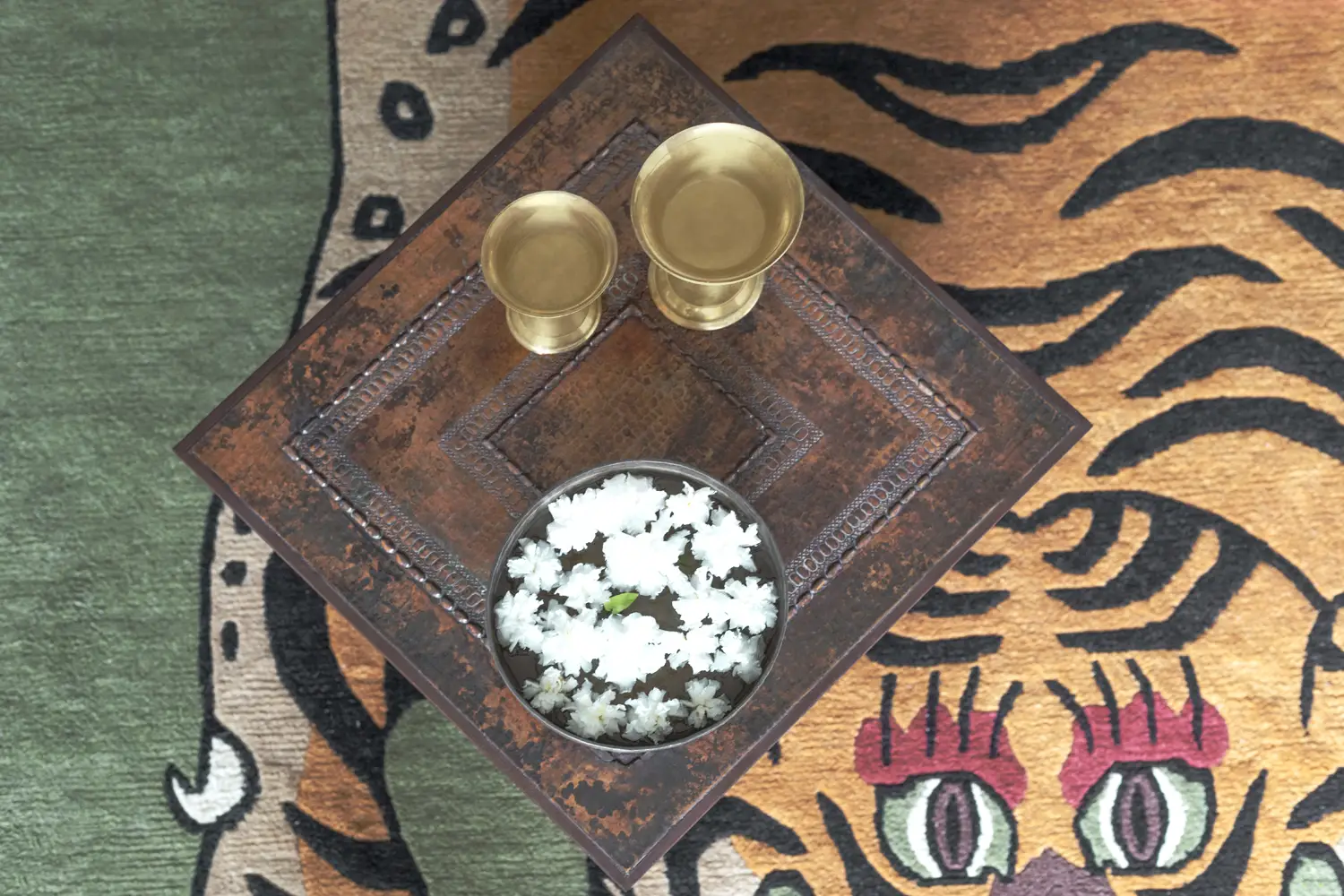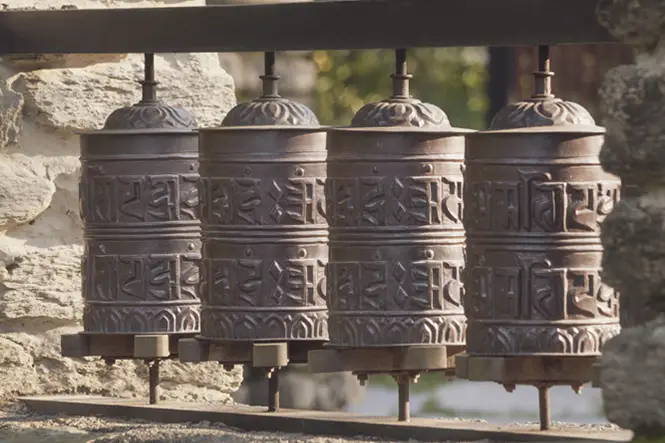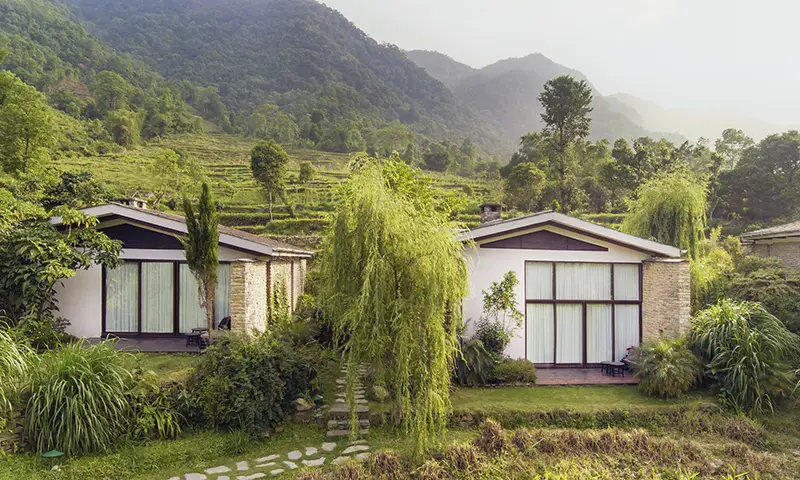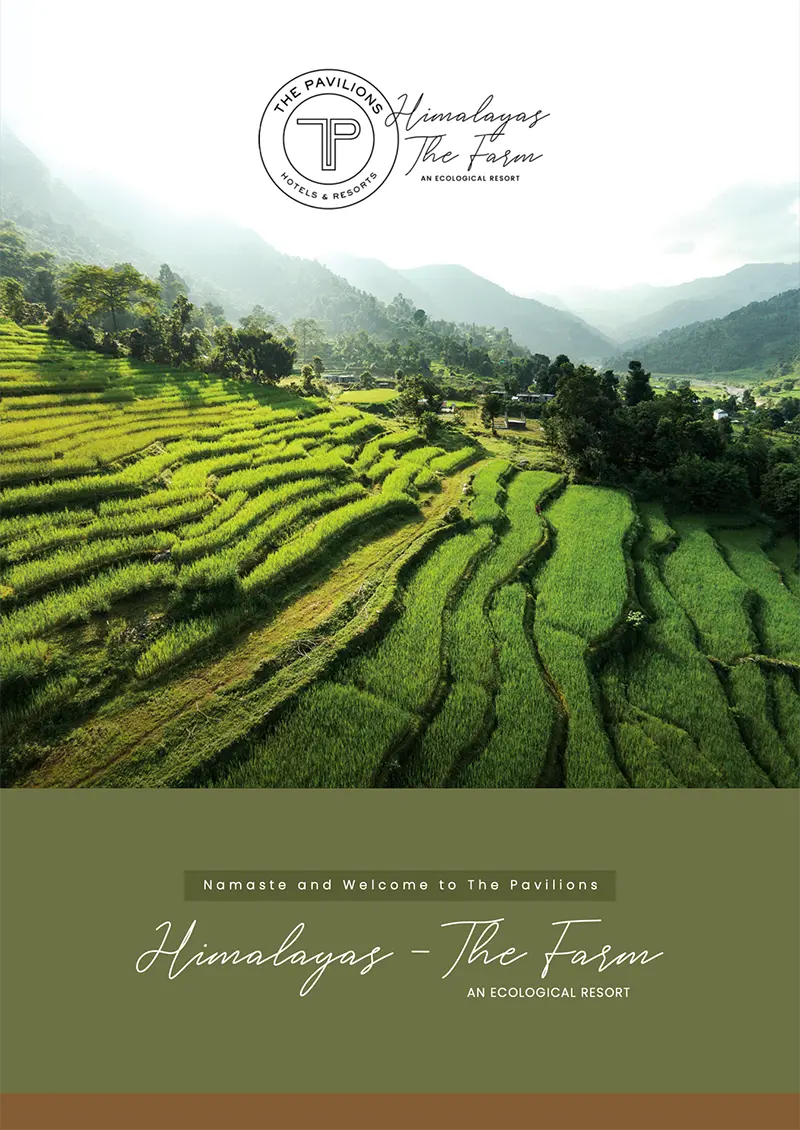Welcome to
The Pavilions Himalayas, The Farm
Located within a lushly forested valley against the backdrop of the majestic Annapurna Himalayan mountain range lies our haven, The Pavilions Himalayas. Here, we invite you to rejuvenate your mind, body, and spirit amidst the serenity of our luxury eco-resort.
Whether you seek an escape from the ordinary, cherish moments with loved ones, or crave the excitement of discovery, Pavilions Himalayas offers the perfect sanctuary to replenish and revitalise your soul. Immerse yourself in the tranquillity of Pokhara, the gateway to the Annapurna Himalayas, where every breath, hike, relaxation, and exploration is an ode to nature's beauty.
As conscientious travellers, we recognise the importance of making a positive impact on the world. With each stay, you contribute to the well-being of the local community and environment. Our resort, comprising 14 luxurious villas, operates entirely on renewable energy, while our organic farm supplies fresh produce, ensuring a sustainable and fulfilling getaway in every aspect.
At The Pavilions Himalayas, The Farm, we empower young people through hospitality training programs. Guests have the opportunity to support Nepali youth by donating to the FAB School, a transformative initiative dedicated to providing skills and employment opportunities, thus making a meaningful difference in countless lives.
Stay
Villas
Luxury Chalet Villa
Awaken to untouched vistas in this secluded hideaway. Featuring split-level bedrooms, this luxurious villa provides panoramic views of Nepal's renowned mountain range.
Room Features
- Room size 193sqm with private terrace & fireplace
- Split level Bedroom
- Available with double beds
- Full en-suite bathroom, separate shower & bathtub jacuzzi
- Complementary WI-FI
Amenities & Services
- Breakfast
- Welcome Drink
- LCD TV (International Cable TV)
- Minibar (surcharge)
- Complimentary water, tea & coffee
- Bathrobe & Slippers
- Hairdryer
- Safe
- Laundry service (surcharge)
Starting From $250 USD per night
Luxury Grand Villa
Experience the enchanting Annapurna mountain range from the luxury of your private terrace, offering an unrivalled front-row seat to nature's splendour.
Room Features
- Room size 118sqm with private terrace & fireplace
- Large Master Bedroom
- Available with double beds
- Full en-suite bathroom, separate shower & bathtub Jacuzzi
- Complementary WI-FI
Amenities & Services
- Breakfast
- Welcome Drink
- LCD TV (International Cable TV)
- Minibar (surcharge)
- Complimentary water, tea & coffee
- Bathrobe & Slippers
- Hairdryer
- Safe
- Laundry service (surcharge)
Starting From $200 USD per night
Luxury Classic Villa
Leave behind the notion of a room with a view; step into a villa with a vista. Behold the majestic natural landscape of the Himalayas from your exclusive private terrace.
Room Features
- Room size 90sqm with private terrace & fireplace
- Large Master Bedroom
- Available with double or twin beds
- Full en-suite bathroom, bathtub & separate shower
- Complementary WI-FI
Amenities & Services
- Breakfast
- Welcome Drink
- LCD TV (International Cable TV)
- Complimentary water, tea & coffee
- Bathrobe & Slippers
- Hairdryer
- Safe
- Laundry service (surcharge)
Starting From $150 USD per night
Curated
Highlights

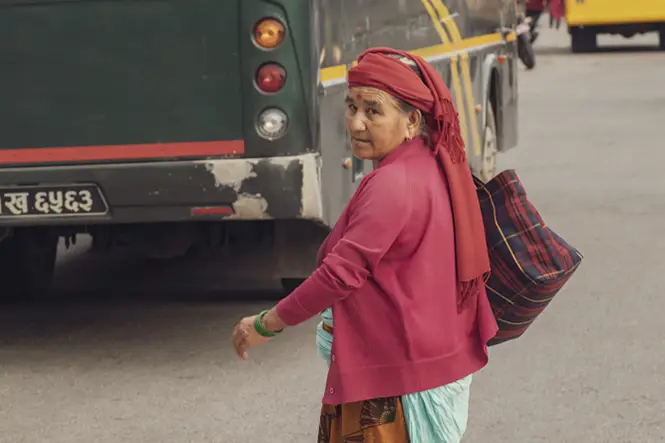
Things To Do
Pokhara offers a unique blend of tranquility and thrill, whether you are seeking an adrenaline rush or a peaceful retreat, this vibrant city has something for everyone.
ExploreBook This Hotel Today
ReserveCommunity
The Pavilions Himalayas was established with a dual commitment to both guests and the local community. Our priority was to create a unique back-to-nature experience that is not only sustainable but also enhances the surrounding area without causing any detriment.
Sustainable Travel:
At The Pavilions Himalayas, sustainability is at the heart of everything we do. Our farm operates organically, with a commitment to preserving the natural environment. We prioritise employing local residents, empowering them to contribute to their community and preventing migration to urban areas. Additionally, a significant portion of our profits is allocated to support community projects, ensuring a positive impact on the local area.
In harmony with our natural surroundings, we have implemented sustainable solutions to minimise our environmental impact. These include harnessing solar energy, collecting rainwater, and producing biogas onsite. Additionally, we have crafted biodegradable signature toiletries using natural Nepalese ingredients. To further reduce our carbon footprint, we prioritise organic farming practices to supply our kitchens, avoiding the need for imported produce.
Contact Us
The Pavilions Himalayas, The Farm
Chisapani, Pumdi Bhumdi 22, Pokhara 33700, Nepal
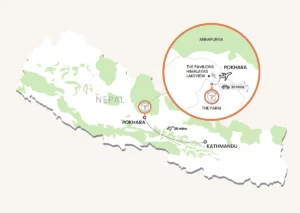
Exclusive
Offers
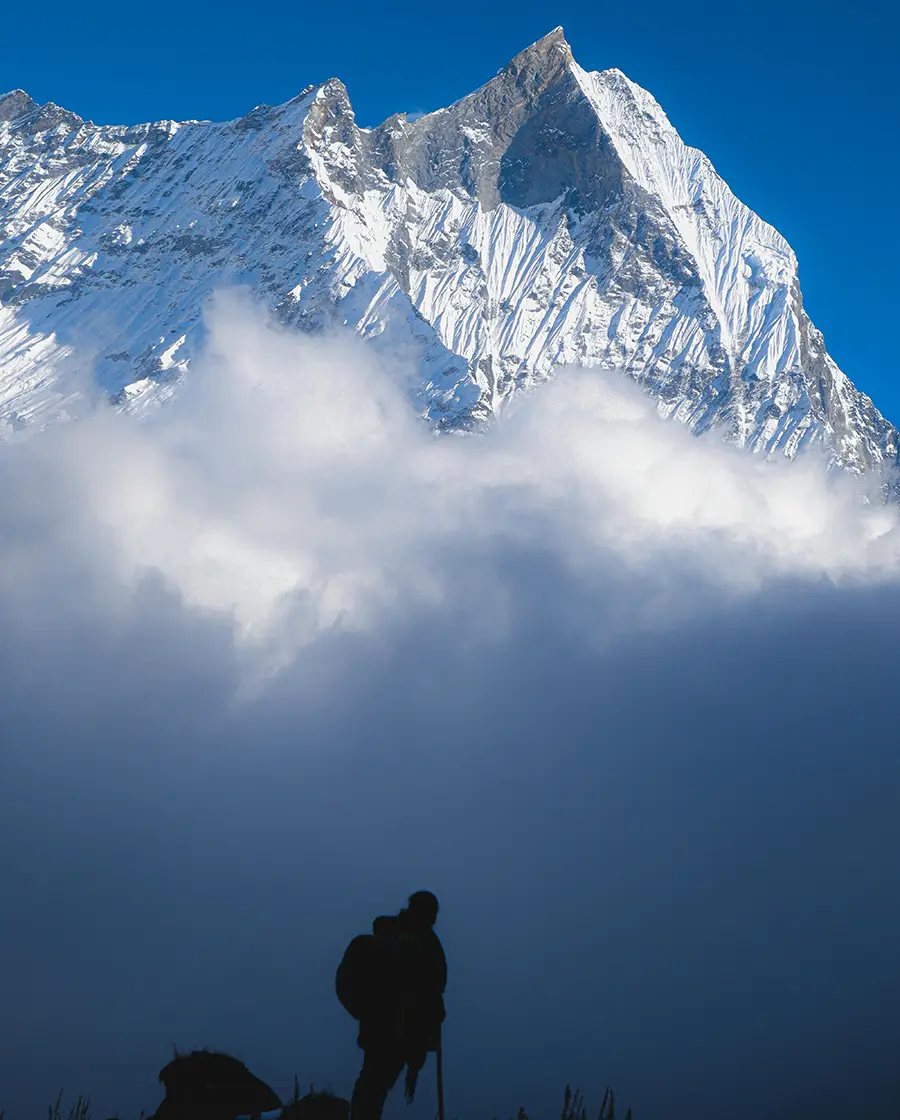
Lifetime Experience
Join us on this 5-day Curated Journey filled with unique experiences and breathtaking vistas.
Explore
Advance Purchase
Take advantage of our exclusive Advance Purchase Offer by planning your vacation and booking your trip at a preferred price when booking 30 days in advance.
Explore
Going For Gold – Winner Takes All
Experience the enchanting beauty of The Pavilions Himalayas, The Farm, set in a lush, forested valley with the majestic Himalayan mountain range as a backdrop with our Olympic Summer Offer.
ExploreCurated
Journeys
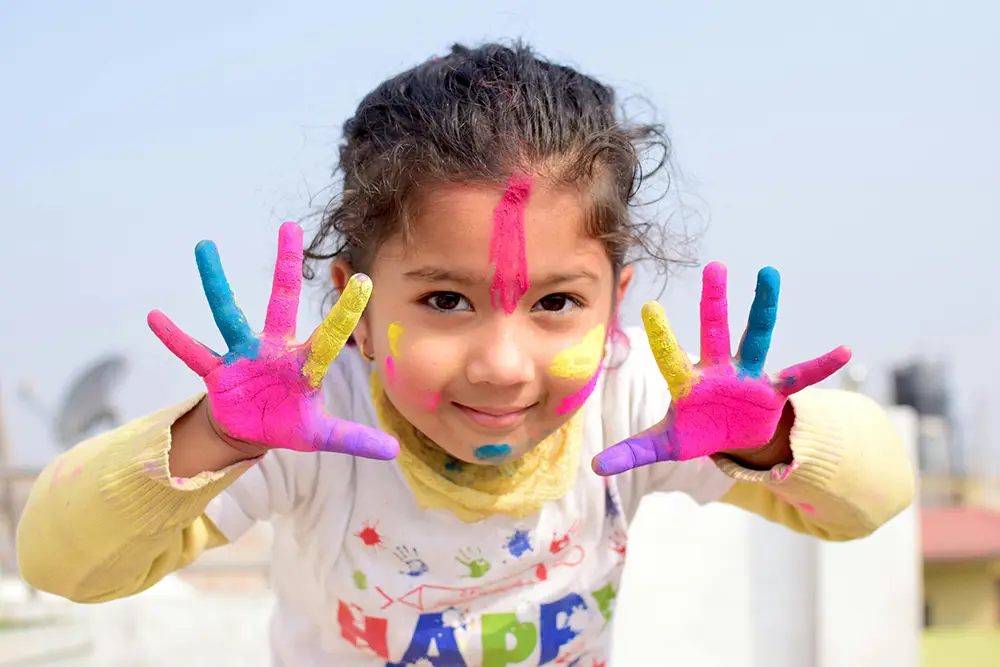
We are Family
Upon your arrival in Pokhara, our warm and friendly staff will be ready to welcome you and transfer you to The Pavilions Himalayas.
Explore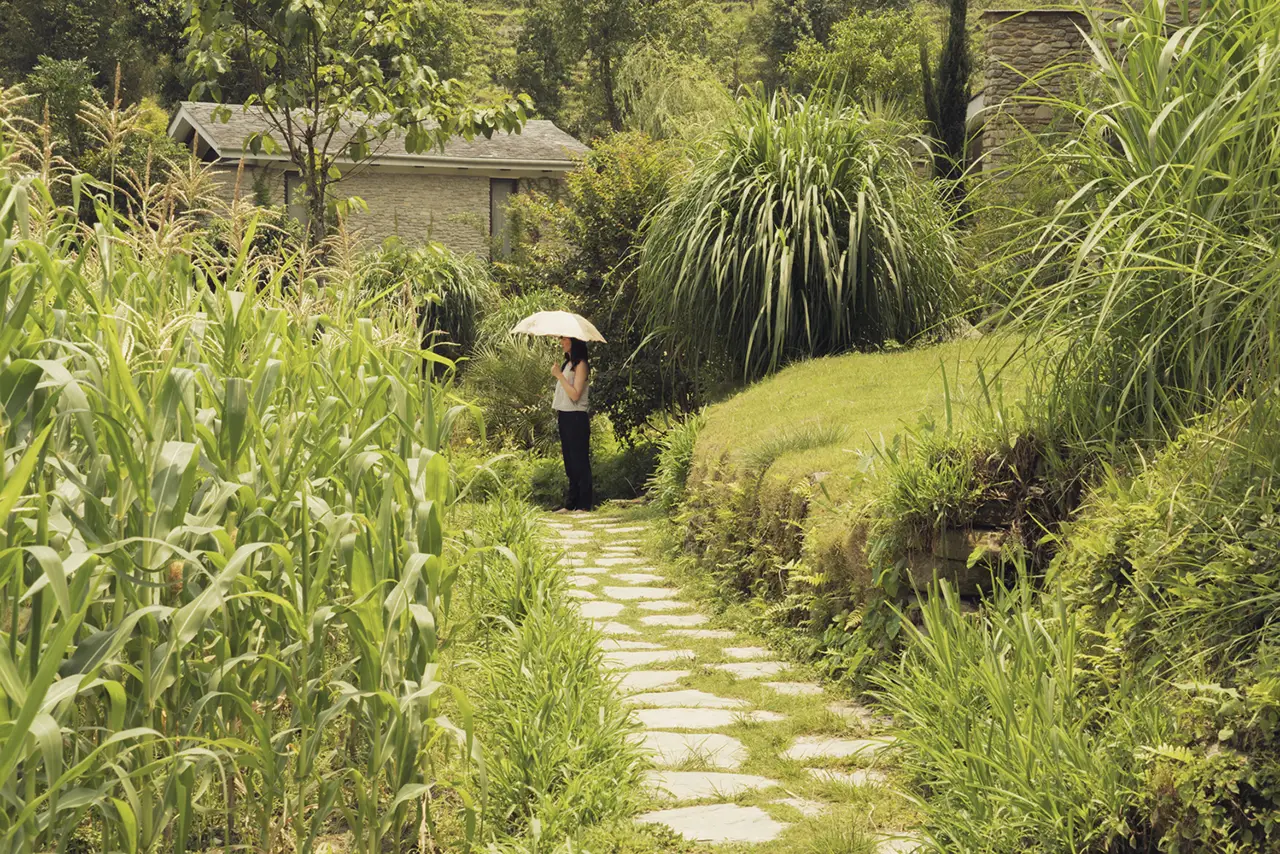
Into the Wild
Welcome to our exclusive Lifetime Experience Journey at The Pavilions Himalayas, The Farm, and Lake View!
Explore


















